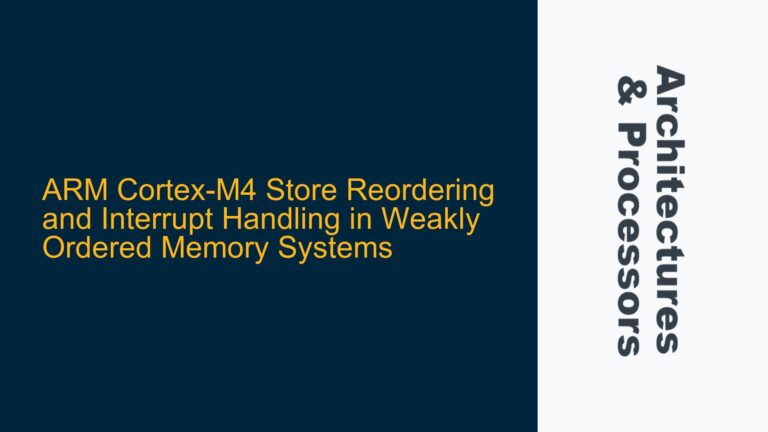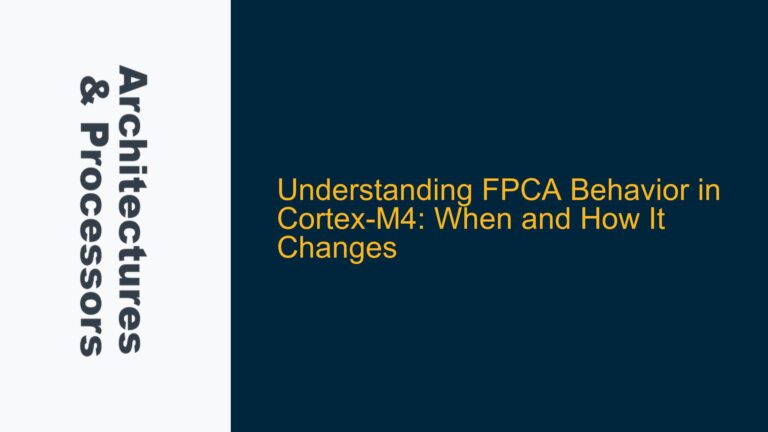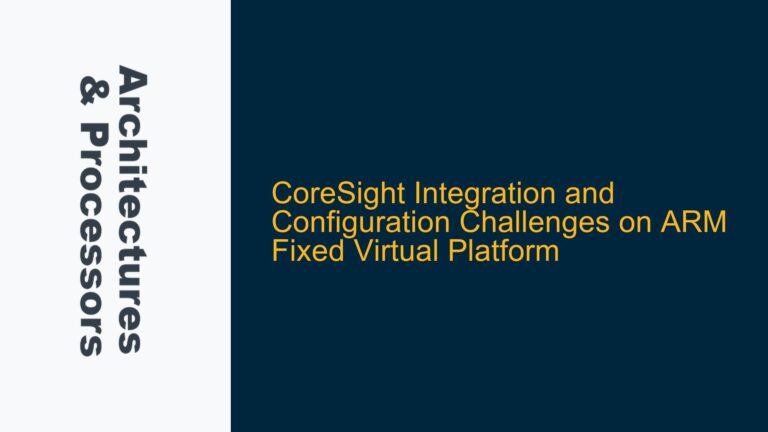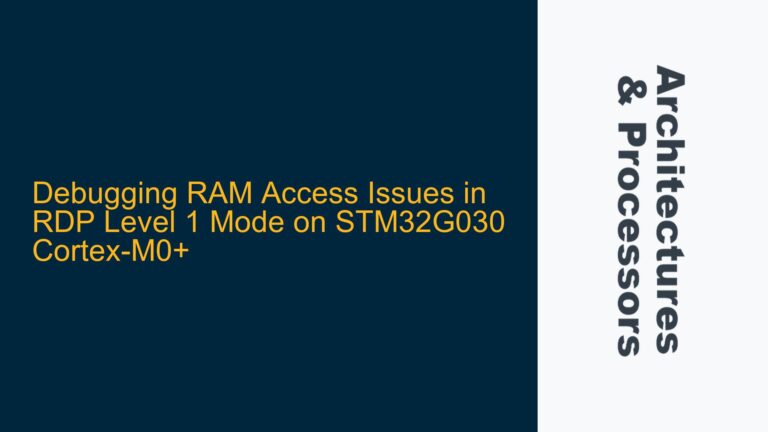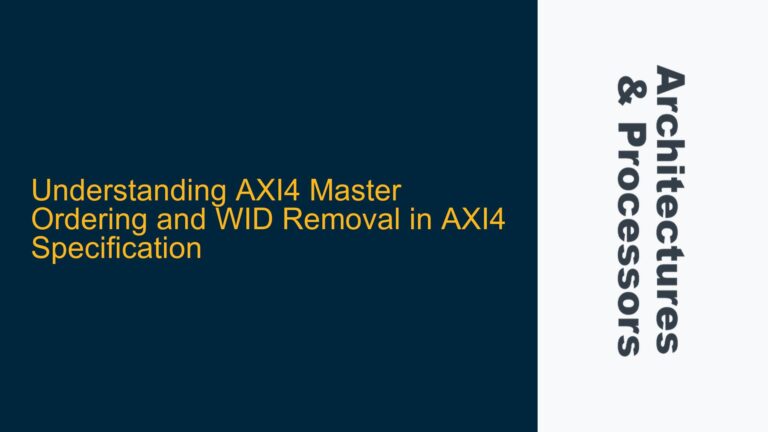Virtual Interrupt Handling in GICv3: EOI Split Mode and Hypervisor Behavior
The ARM Generic Interrupt Controller (GIC) version 3 introduces advanced virtualization support, enabling efficient handling of virtual interrupts in hypervisor environments. A key feature of GICv3 is the End-of-Interrupt (EOI) split mode, which separates the priority drop and interrupt deactivation operations. This separation is critical for managing virtual interrupts, especially in scenarios involving virtual machines (VMs) and hypervisors.
In GICv3, the hypervisor is responsible for managing virtual interrupts by interacting with the List Registers (LRs) in the virtual CPU interface. When a physical interrupt occurs, the hypervisor traps the interrupt, performs necessary operations, and injects a corresponding virtual interrupt into the VM. The EOI split mode allows the hypervisor to control the timing of priority drop and deactivation, ensuring that the VM can handle the interrupt without unnecessary re-triggering of the physical interrupt.
However, the hypervisor is not strictly required to use the EOI split mode. It can choose to perform both priority drop and deactivation simultaneously, but this approach may lead to inefficiencies. For example, if the hypervisor deactivates the physical interrupt too early, the interrupt may re-fire, causing additional traps to the hypervisor. This is particularly problematic for level-sensitive interrupts, such as the virtual timer interrupt (PPI 27), where the interrupt signal remains asserted until explicitly cleared.
The hypervisor can avoid this issue by dropping the priority of the interrupt without deactivating it. This ensures that the physical interrupt cannot re-fire until the VM has handled the corresponding virtual interrupt. Once the VM completes the interrupt handling, the hypervisor can safely deactivate the physical interrupt. This approach minimizes unnecessary hypervisor traps and improves system performance.
Priority Drop, Deactivation, and Interrupt State Transitions
Understanding the state transitions of interrupts in GICv3 is crucial for effective interrupt handling. Interrupts in GICv3 can exist in several states: Pending, Active, Active & Pending, and Inactive. The transitions between these states depend on the type of interrupt (level-sensitive or edge-triggered) and the operations performed by the hypervisor and the VM.
For level-sensitive interrupts, the typical state transition sequence is as follows:
- Pending: The interrupt is asserted by the peripheral and is waiting to be acknowledged.
- Active & Pending: The interrupt is acknowledged by the CPU, but the interrupt signal remains asserted.
- Active: The interrupt signal is de-asserted, but the interrupt is still being processed.
- Inactive: The interrupt is fully processed and deactivated.
In the context of virtual interrupts, the hypervisor plays a key role in managing these state transitions. When a physical interrupt is trapped by the hypervisor, it creates a corresponding virtual interrupt in a List Register (LR) and injects it into the VM. The virtual interrupt starts in the Pending state and transitions to Active & Pending when the VM acknowledges it. The VM then processes the interrupt and deactivates it, which also deactivates the corresponding physical interrupt if they are linked.
The priority drop operation affects the running priority of the CPU but does not change the state of the interrupt. For example, if an interrupt is in the Active & Pending state, dropping its priority does not transition it to Active or Inactive. Instead, it ensures that lower-priority interrupts can preempt the current interrupt handler.
Deactivation, on the other hand, updates the interrupt state machine. Writing to the End-of-Interrupt Register (EOIR) or the Deactivate Interrupt Register (DIR) transitions the interrupt from Active to Inactive. However, for level-sensitive interrupts, the interrupt signal must also be de-asserted by the peripheral to fully clear the Pending state.
Troubleshooting Virtual Interrupt State Management and Hypervisor Integration
When troubleshooting virtual interrupt handling in GICv3, it is essential to verify the following aspects:
-
Hypervisor Configuration: Ensure that the hypervisor is correctly configured to handle virtual interrupts. This includes setting up the List Registers (LRs) and linking physical and virtual interrupts as needed. The hypervisor should also implement proper priority drop and deactivation sequences to avoid unnecessary re-triggering of interrupts.
-
Interrupt State Transitions: Monitor the state transitions of both physical and virtual interrupts to ensure they follow the expected sequence. Use debugging tools to trace the interrupt handling flow and identify any deviations from the expected behavior. Pay particular attention to level-sensitive interrupts, as their state transitions depend on both the GIC and the peripheral.
-
EOI Split Mode Usage: Evaluate whether the hypervisor is using the EOI split mode effectively. If the hypervisor is performing priority drop and deactivation simultaneously, consider modifying the implementation to separate these operations. This can help reduce the number of hypervisor traps and improve system performance.
-
Peripheral Interaction: Verify that the peripheral is correctly asserting and de-asserting the interrupt signal. For level-sensitive interrupts, the peripheral must de-assert the signal to clear the Pending state. If the signal remains asserted, the interrupt will re-enter the Pending state, causing repeated hypervisor traps.
-
GICv3 vs. GICv4 Considerations: If using GICv4, take advantage of its direct-injection feature for virtual interrupts. This feature allows the hypervisor to inject virtual interrupts directly into the VM without trapping to EL2, reducing latency and improving performance. However, ensure that the hypervisor and VM are both compatible with GICv4 features.
By carefully analyzing these aspects, you can identify and resolve issues related to virtual interrupt handling in GICv3. Proper configuration and management of interrupt states, priority drop, and deactivation sequences are key to achieving reliable and efficient interrupt handling in hypervisor environments.
Detailed Explanation of Key Concepts
Virtual Interrupts and List Registers (LRs)
In GICv3, virtual interrupts are managed using List Registers (LRs) in the virtual CPU interface. Each LR holds the state and configuration of a virtual interrupt, including its priority, state, and target virtual CPU. The hypervisor is responsible for populating the LRs with virtual interrupts and injecting them into the VM.
When a physical interrupt is trapped by the hypervisor, it creates a corresponding virtual interrupt in an LR and injects it into the VM. The virtual interrupt starts in the Pending state and transitions to Active & Pending when the VM acknowledges it. The VM then processes the interrupt and deactivates it, which also deactivates the corresponding physical interrupt if they are linked.
Priority Drop and Deactivation
Priority drop and deactivation are two distinct operations in GICv3. Priority drop reduces the running priority of the CPU, allowing lower-priority interrupts to preempt the current interrupt handler. Deactivation updates the interrupt state machine, transitioning the interrupt from Active to Inactive.
In the context of virtual interrupts, the hypervisor must carefully manage these operations to avoid unnecessary re-triggering of interrupts. For example, if the hypervisor deactivates a physical interrupt too early, the interrupt may re-fire, causing additional traps to the hypervisor. To prevent this, the hypervisor can drop the priority of the interrupt without deactivating it, ensuring that the interrupt cannot re-fire until the VM has handled the corresponding virtual interrupt.
State Transitions for Level-Sensitive Interrupts
Level-sensitive interrupts require special attention due to their dependence on the interrupt signal from the peripheral. The typical state transition sequence for a level-sensitive interrupt is as follows:
- Pending: The interrupt is asserted by the peripheral and is waiting to be acknowledged.
- Active & Pending: The interrupt is acknowledged by the CPU, but the interrupt signal remains asserted.
- Active: The interrupt signal is de-asserted, but the interrupt is still being processed.
- Inactive: The interrupt is fully processed and deactivated.
The hypervisor must ensure that the peripheral de-asserts the interrupt signal to clear the Pending state. If the signal remains asserted, the interrupt will re-enter the Pending state, causing repeated hypervisor traps.
GICv4 Direct Injection
GICv4 introduces a direct-injection feature for virtual interrupts, allowing the hypervisor to inject virtual interrupts directly into the VM without trapping to EL2. This reduces latency and improves performance, but requires compatibility between the hypervisor and VM. When using GICv4, ensure that both the hypervisor and VM are configured to support direct injection.
Practical Recommendations
-
Use EOI Split Mode: Whenever possible, use the EOI split mode to separate priority drop and deactivation operations. This minimizes unnecessary hypervisor traps and improves system performance.
-
Monitor Interrupt States: Use debugging tools to monitor the state transitions of both physical and virtual interrupts. This helps identify any deviations from the expected behavior and ensures proper interrupt handling.
-
Verify Peripheral Behavior: Ensure that peripherals correctly assert and de-assert interrupt signals, especially for level-sensitive interrupts. Incorrect peripheral behavior can lead to repeated hypervisor traps and degraded system performance.
-
Leverage GICv4 Features: If using GICv4, take advantage of its direct-injection feature for virtual interrupts. This reduces latency and improves performance, but requires proper configuration and compatibility between the hypervisor and VM.
By following these recommendations and understanding the key concepts of virtual interrupt handling in GICv3, you can achieve reliable and efficient interrupt management in hypervisor environments.

